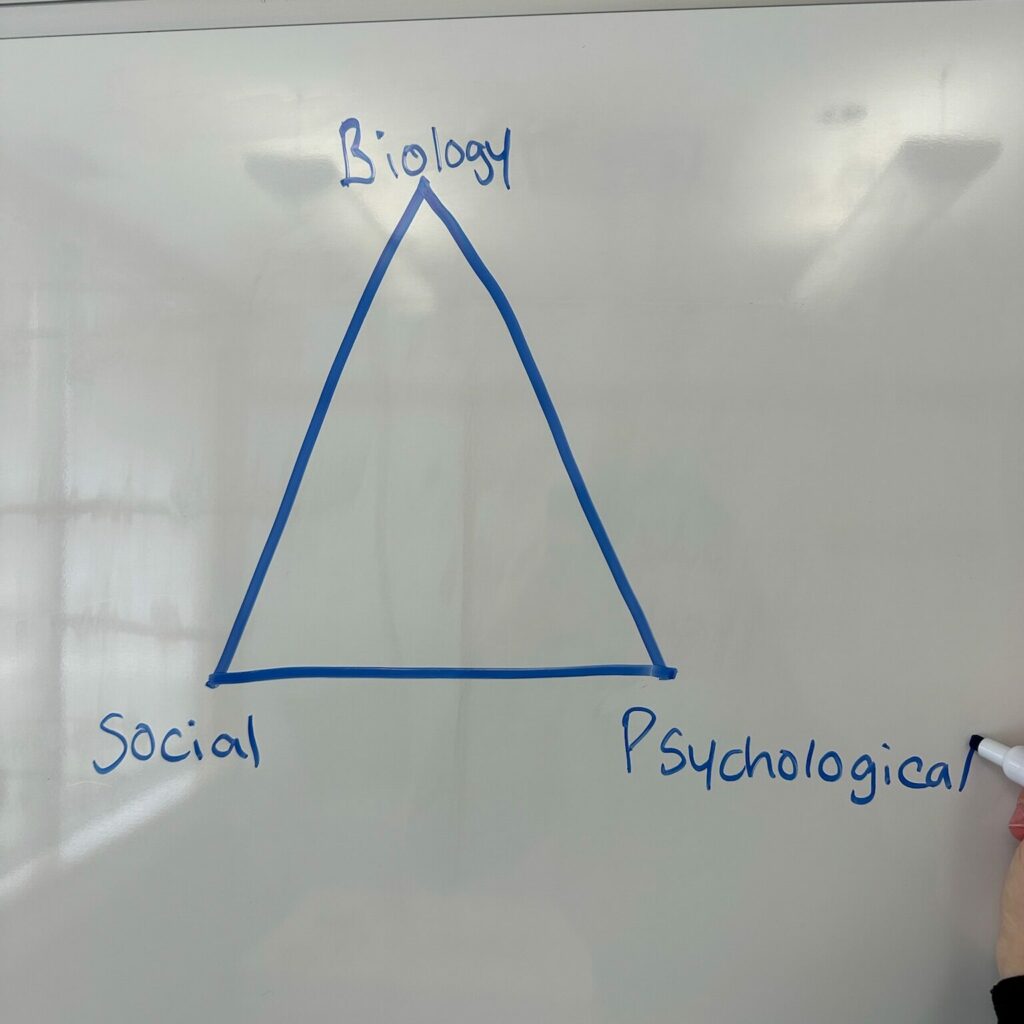Cognitive Behavioral Therapy: A Practical Guide to Rewiring Your Mind
Introduction: What Is Cognitive Behavioral Therapy?
Cognitive Behavioral Therapy (CBT) is a widely used, evidence-based approach to mental health. Therapists across the globe use it to help people shift harmful thinking patterns and improve emotional health.
So, what exactly makes CBT effective? And how can it help you?
Let’s break it down in simple terms—so you can see why so many people are turning to CBT to take control of their mental well-being.
Why CBT Works: A Practical Approach to Change
CBT is practical, short-term, and focused on solving real-life problems. At its heart, CBT shows how thoughts, emotions, and actions connect. When you change your thoughts, you start to feel and behave differently.
For instance, someone might think, “I always mess up.” That thought can lead to feelings of failure and anxiety. In CBT, that person learns to question the thought. They might replace it with something more realistic, like, “Sometimes I make mistakes, but I also do things well.”
This simple mental shift creates a ripple effect. As thinking improves, so does emotional well-being.
Key Principles Behind Cognitive Behavioral Therapy
CBT stands on a few core principles that make it powerful and easy to apply:
- Thoughts, feelings, and behaviors are deeply connected.
- Unhelpful thoughts can be challenged and changed.
- New coping strategies can be learned.
- Therapy focuses on present-day challenges and clear goals.
Because CBT is structured and easy to understand, it’s available in many formats. You can learn it through therapy, books, apps, or online tools. This makes CBT one of the most accessible forms of psychological support.
Try These Cognitive Behavioral Therapy Techniques Today
You don’t need a therapy session to begin practicing CBT. Here are a few simple tools you can start using now:
- Cognitive restructuring: Notice a negative thought. Ask yourself if it’s 100% true. Replace it with a balanced alternative.
- Behavioral activation: Do one small activity you enjoy—even if your mood says no. Action often comes before motivation.
- Thought records: Write down your thoughts, the emotions that come with them, and the evidence for and against them.
- Exposure: Face your fears step by step, rather than avoiding them.
Each technique helps retrain your brain. Over time, your automatic reactions become healthier and more helpful.
Who Can Benefit From CBT?
CBT is for everyone. While it’s especially effective for people dealing with anxiety, depression, PTSD, OCD, and eating disorders, many others also benefit.
It can help with:
- Managing stress
- Improving sleep
- Boosting self-esteem
- Strengthening relationships
- Handling performance anxiety
In short, CBT offers practical tools for navigating everyday life more effectively.
CBT in Daily Life: Real Results, Real Change
CBT helps you stay grounded—even when life gets tough. With these skills, you start responding instead of reacting. You feel more in control.
This can lead to:
- Staying calm during conflicts
- Solving problems with a clearer head
- Communicating better at work and home
- Letting go of guilt or fear more easily
In everyday moments, these shifts matter. They can change the course of your day—and your life.
Final Thoughts: Start Your CBT Journey Today
CBT isn’t about denying problems. It’s about facing them with smarter tools. When you understand your thoughts, you gain power over your emotional responses.
You can start this journey by reading a CBT book, downloading an app, or finding a therapist. Every small step helps. The key is consistency.
Your thoughts shape your life. Are you ready to shape them back?

FAQs About Cognitive Behavioral Therapy
Q: Is CBT the same as talk therapy?
A: Not exactly. CBT includes discussion, but it’s more structured and focused on active strategies.
Q: How long does CBT take to work?
A: Many people notice changes after 6 to 12 sessions. However, each person progresses at their own pace.
Q: Can I use CBT without a therapist?
A: Absolutely. There are online CBT courses, apps, and workbooks that guide you step by step.

Start Your CBT Journey Today
Cognitive Behavioral Therapy isn’t about denying problems—it’s about learning to face them with better tools. It gives you the power to understand and change your own thinking.
However, if you’re not sure where to begin, RP Psychotherapy can be a safe and supportive place to start. RP focuses on healing through the relationship between therapist and client. It helps people feel seen, heard, and understood—especially those who may find CBT’s structure overwhelming at first.
Many people begin with RP to build trust, explore emotional patterns, and gain the confidence they need to try more structured approaches like CBT later on. In other words, RP creates the emotional foundation that CBT can build on.
Whether you begin with CBT or start with RP Psychotherapy, the most important step is simply starting. Your journey toward better mental health can begin today.
Click here to start your first FREE 15-minute consultation today!

